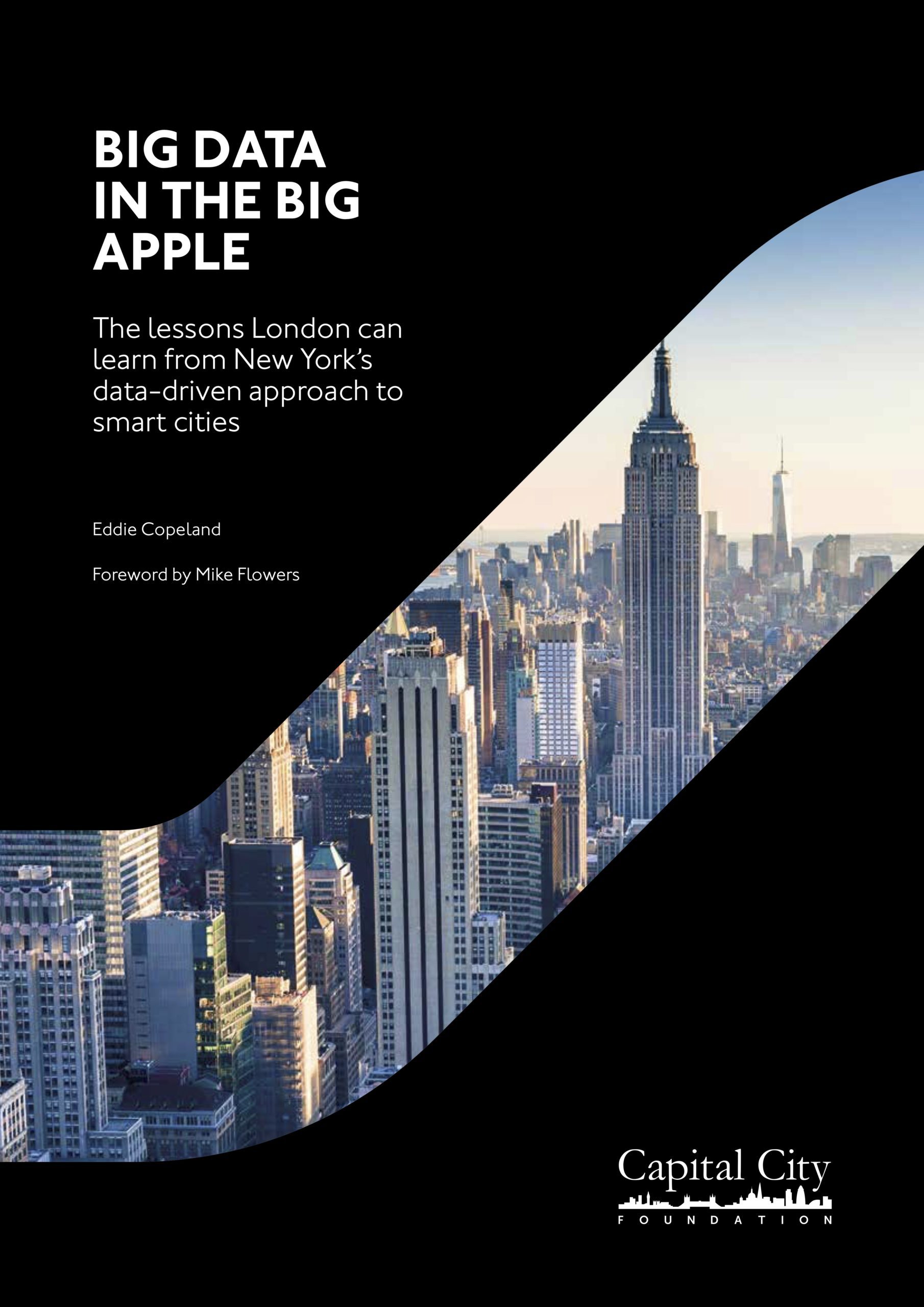
Big Data in the Big Apple: The lessons London can learn from New York’s data-driven approach to smart cities
Monitoring different data sets including the amount of rubbish collected, energy bills and even sewage levels could help local authorities identify and combat ‘beds in sheds’, the illegal use of buildings usually built without planning permission that cost the taxpayer millions and make life a misery for Londoners.
Big Data in the Big Apple argues that the next Mayor of London should replicate New York’s success at using analytics by appointing a Data Tsar based in City Hall whose job would be to lead a team of analysts that collects and overlays different data sets held by each of London 33 boroughs as well as the Metropolitan Police and the London Fire Brigade.
The paper sets out a number of ways in which harnessing different data sets could lead to better outcomes for Londoners:
- Illegal housing. Overlaying data such as waste ‘output’ per person, incidents of fly tipping, energy consumption and the size and age of a property and its garden could help councils identify ‘beds in sheds’ and houses which have more people than officially registered.
- Boosting new business growth. Using data from mobile phone users to show many people have walked down a particular street over a month could help business optimise their opening times. Likewise making available Companies House data showing business closure statistics can help inform entrepreneurs where they should locate their business.
- Food safety inspections. Overlaying where previous inspections have taken place with complaints received from the public as well as analysis of posts on Twitter or TripAdvisor could help build up a picture of which restaurants could pose more of a risk to the public.
The report highlights the success of the Mayor’s Office for Data Analytics in New York set up by Mayor Bloomberg. It says that many of the lessons from New York could be replicated at a relatively low cost to help improve the living standards of Londoners. Front line staff working in local authorities and other public sector organisations would be critical to the success of this new data led approach.
Testimonials
Matthew Pencharz, Senior Advisor to the Mayor of London, said:
“I welcome the ideas in this report for how City Hall can work with London boroughs and public sector organisations to harmonise and use data to improve the city’s infrastructure and public services. Having recently grown to its largest ever population, data-driven government will help London continue to grow sustainably, optimise existing city assets, and to thrive as the world’s greatest cities.”
Andrew Collinge, Assistant Director, Intelligence and Analysis, GLA said:
“We are entering the next stage of city data exploitation – moving beyond transparency and accountability, and into a new era when data makes possible much improved strategic decision making and an exciting new wave of city service designs. London needs to make full use of data – one of its most valuable assets. This report’s ideas on how to do so are very much welcomed.”
Jos Creese, former CIO of Hampshire Council, said:
“Data and information make cities run smoothly, efficiently and help with inevitable environmental pressures. With the opportunities of ‘big data ’ analytics and the emergence of the Internet of Things, establishing a specific role dedicated this across London would bring huge benefits, as described in this report. London has paved the way globally for data reuse and open standards, this is the next step on that journey.”

